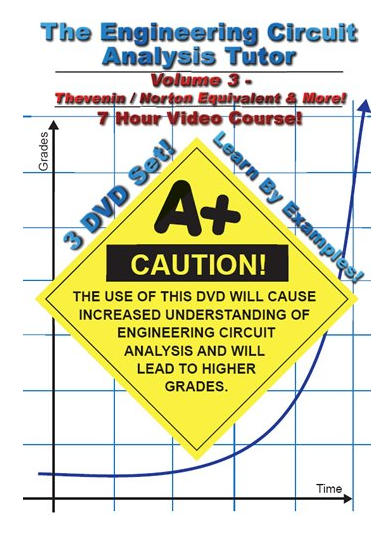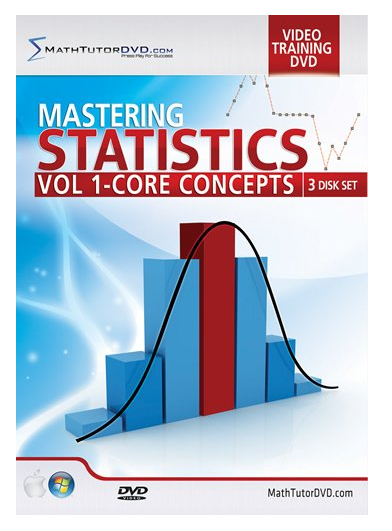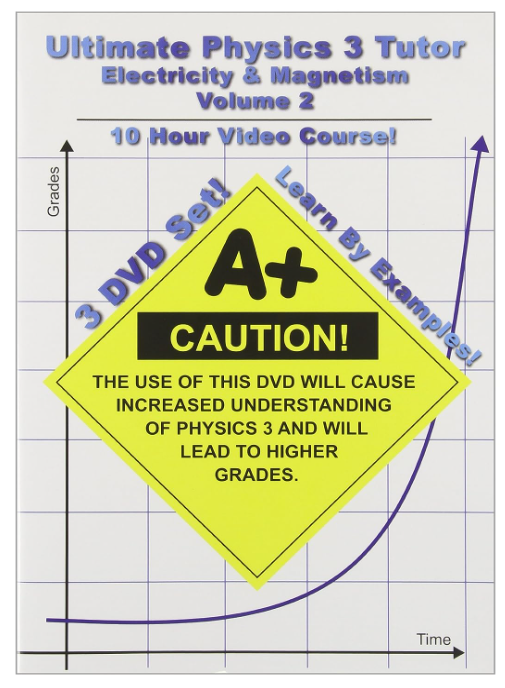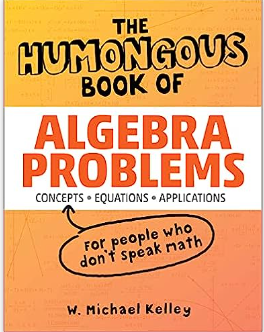
I found Jason Gibson's DVDs when looking for study aids to use when I went back to school to get an engineering degree. I would use them to study prior to my upcoming classes so I could at least get an idea of what the material was about, and they were the best non-required investment I made while in school. This is a bundle of math and physics DVDs that have been released individually. He has now transitioned away from the DVDs to putting everything on his online site. I am going to just give you a summary of my impressions of the DVDs should you decide to try and pick up used copies.
1) The production quality is not fancy but gets better over time. The early DVDs were filmed with little to no production, and probably filmed out of his home. As he went along he started filming out of a studio, which is where all the new lessons he puts out are filmed from. Even from the studio, the lessons just have Jason in front of a whiteboard. There are no fancy graphics or frills.
2) Jason does make mistakes from time to time. He catches some of the mistakes as he goes along, some are caught and corrected post-production, and occasionally he misses one altogether. It shows that he is human. While one could argue they should be edited out altogether, and I think that is a reasonable argument to make, it has never distracted me from learning the material. Almost every teacher I have had has made mistakes in math when working out problems. My calc III teacher who has a Phd in math made calculation errors all the time, yet I could still get the idea of what was going on.
4) Jason will go step by step in solving problems. Even in the advanced calculus DVDs, he does nearly every algebraic step, even things that most people at that level can easily do in their head. If you get these DVDs you will become very good at algebra. And since it is the foundation upon which all levels of math and science are built that is very important.
5)The trig and pre-calculus DVD that is in this bundle does not cover all the concepts, so you may want to get the 2nd volume of the set. The one in the bundle will cover the unit circle, trig functions, the basic trig identities, right triangle trig, and graphing the trig functions. It does not cover trig equations, the law of sines and cosines, or the more little-used identities like the half-angle and double-angle identities. The second volume fills in those gaps. If you get that, the only concept from pre-calculus that will not be covered is conic sections.
6) In none of the DVDs does Jason touch on every concept you will learn in class. He hits the most important concepts, and the ones that if you don't know you will have no shot at learning the others. I would estimate that, depending on your particular teacher, if you learn the material on the DVDs you can expect to know 70% or more of what you would be asked on a final exam. In some of my classes, that percentage was closer to 90%. But you cannot expect to know everything for the entire class just from the DVDs. It is imperative that you do your homework problems and go to class to do well. While Jason does work through problems of varying difficulty they are usually not the hardest problems you will be exposed to.
7) The physics material is algebra-based more than calculus-based. He does not use calculus to derive the formulas for the most part. A couple times in the Physics 3 DVDs (which are not in this bundle) he will, but for the most part, he just gives the formulas and gives examples of how to use them. He does a great job of breaking down how the problems are worded so you really know what information is being given, and what the problem is asking you to do. Which, in physics, is over half the battle.
8) Jason has also put out newer extra practice with derivatives and extra practice with integration DVDs to fill in the Calc I and II material. On those, he gives more examples of the various differentiation and integration techniques and gets to topics such as implicit differentiation and the disk/washer/shell methods for finding volume using integrals that are not on the two DVDs you get here. While the two DVDs in this set did help me get an A in Calc I and II, I wish the other volumes would have been out when I took those classes.
In all, whether you find these useful will depend on your learning style and some amount of subjectivity. If I had to go back and do it over I would have bought the bundle and saved a bit of money, but whether you get the entire thing, or just need a couple DVDs, I highly recommend these to anyone subject to the provisos I listed in the review.



















